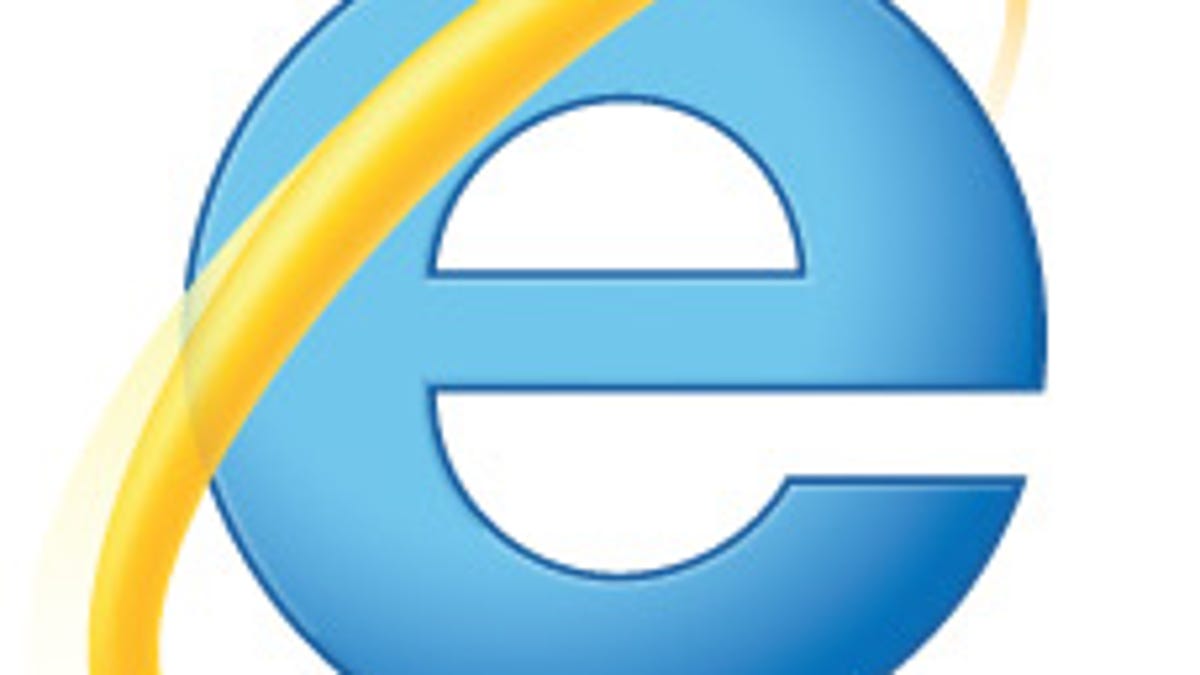IE11, Windows Blue could support Google's SPDY protocol
Bloggers have spotted evidence of Google's approach to speed up communications between browsers and Web servers -- even though Microsoft offered a rival proposal for the same idea.

Another tantalizing tidbit has emerged from last month's leaked IE11 build: the possibility that the next version of Internet Explorer could support Google's SPDY technology for faster browser-server communications.
It's not working yet, but SPDY "is being implemented," said Rafael Rivera of the Within Windows blog. Paul Thurrot of WinSuperSite also said SPDY is coming.
The SPDY support is at the operating system level, meaning that other software besides just IE11 could take advantage of it, Rivera said.
Microsoft declined to comment on the matter.
Google has rounded up several allies to standardize SPDY technology, which streamlines the HTTP technology governing how browsers request Web pages and how Web servers deliver them. But despite broadening support, including in Firefox and Amazon's Silk browser, Microsoft preferred its alternative approach called HTTP Speed+Mobility.
But change is in the air. Microsoft's IE team is, if not as fast-moving as those at Google and Mozilla, getting nimbler about its decisions. It's embraced a slew of newer Web standards with IE9 and now IE10, and seems likely to reverse its opposition to WebGL, a standard that eases hardware-acelerated graphics on the Web.
HTML expert Francois Remy detected non-working interfaces for WebGL, but Rivera went a step farther, getting some WebGL features to work on the IE11 build.
The IE11 build arrived as part of a leak of Windows Blue, the next version of Microsoft's operating system. Windows Blue will be called Windows 8.1 when it arrives, according to ZDNet blogger Mary Jo Foley.

